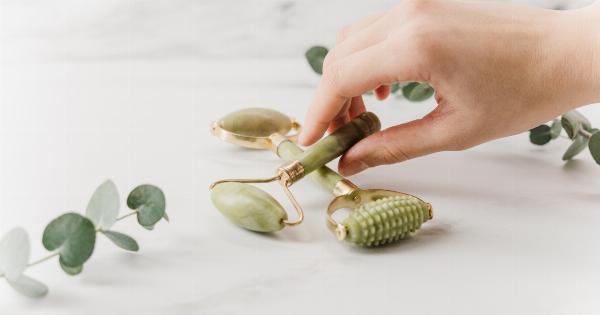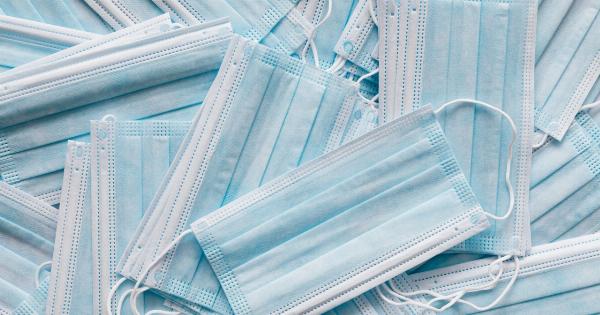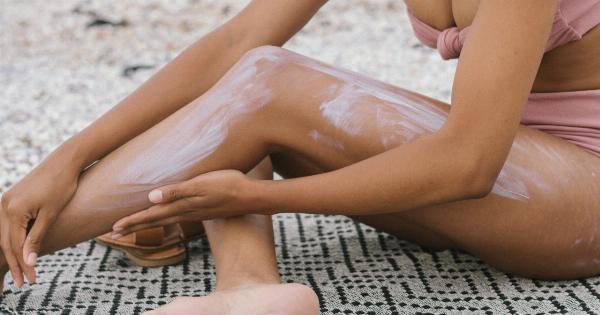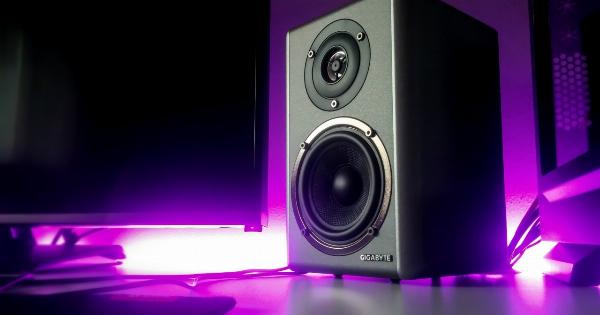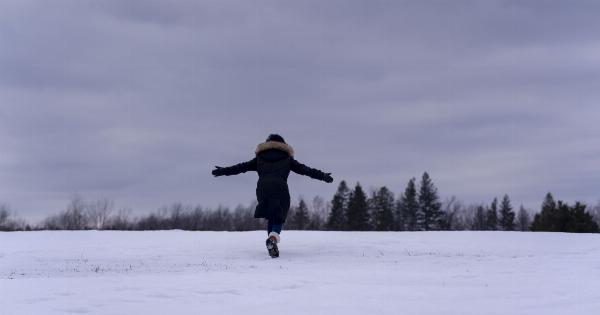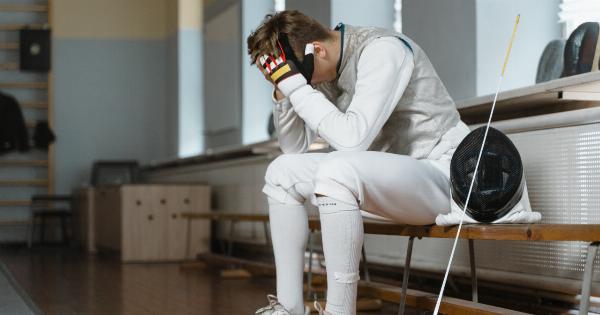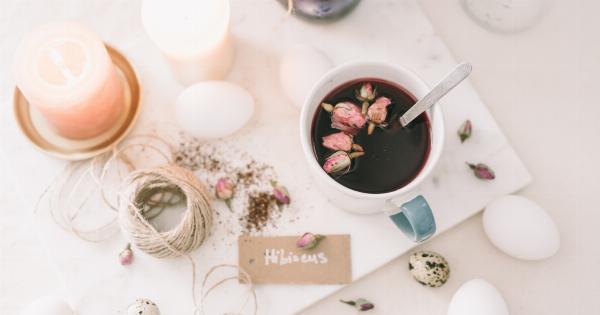The Gulf region is known for its hot and dry climate, which can have a significant impact on the health and well-being of its residents.
The combination of high temperatures, low humidity, and constant exposure to sunlight can lead to a range of symptoms, from dry skin and respiratory issues, to dehydration and heat stroke. In this article, we will explore the causes of the dry climate in the Gulf and discuss some ways to alleviate the symptoms associated with it.
Causes of the Dry Climate in the Gulf
1. Geographical Location:.
The Gulf region is characterized by its location in between vast deserts and the Arabian Sea. These geographical factors contribute to the dry climate experienced in the area.
The desert winds blow over the Gulf, carrying hot and dry air, while the sea breeze is often too weak to provide significant moisture.
2. High Temperatures:.
The Gulf region experiences incredibly high temperatures throughout the year. The scorching heat can cause rapid evaporation, leading to a significant decrease in humidity levels in the air.
This low humidity, combined with intense heat, can make the climate feel even drier.
3. Lack of Rainfall:.
The Gulf region is known for its minimal rainfall. The arid climate coupled with infrequent rainfall further exacerbates the dryness of the region.
The lack of precipitation results in parched landscapes and limited water resources, which can have a direct impact on the well-being of the inhabitants.
4. Sandstorms and Dusty Conditions:.
Sandstorms are common occurrences in the Gulf region. These storms can significantly decrease visibility and cover the area with layers of fine sand and dust.
The particles in the air can further contribute to the dryness of the climate, causing respiratory problems and skin irritations.
Alleviating Symptoms of Dry Climate
1. Hydration:.
Staying hydrated is crucial in a dry climate. Drink plenty of water throughout the day to replenish the fluids lost through sweating and evaporation. Avoid excessive caffeine and alcohol, as they can further dehydrate the body.
2. Moisturize:.
Keep your skin well-moisturized to combat dryness. Use a good quality moisturizer regularly, especially after showering or bathing. Look for products that have hydrating ingredients like hyaluronic acid or glycerin to lock in moisture.
3. Protect Against Sun Exposure:.
Given the constant exposure to sunlight in the Gulf, it is essential to protect your skin from harmful UV rays. Wear sunscreen with a high SPF, use protective clothing like hats and long sleeves, and seek shade whenever possible.
4. Use Humidifiers:.
Consider using humidifiers in your home or office. These devices add moisture to the air, helping to alleviate dryness and improve overall comfort. Place them in rooms where you spend the most time, especially during sleeping hours.
5. Avoid Excessive Air Conditioning:.
While air conditioning provides relief from the heat, it can also contribute to dryness. Avoid setting the temperature too low or running the AC constantly.
Opt for natural ventilation whenever possible, and use a humidifier alongside the AC to add moisture back into the air.
6. Wear Breathable Fabrics:.
Choose clothing made from breathable fabrics like cotton, linen, or bamboo. These materials allow air circulation and help wick away moisture from the body, keeping you cooler and preventing excessive sweating.
7. Keep Indoor Plants:.
Indoor plants not only enhance the aesthetics of your living space but also help increase humidity levels. Plants release moisture through a process called transpiration, which can improve air quality and combat the dryness in your home.
8. Practice Proper Skincare:.
Take care of your skin by following a proper skincare routine. Use gentle cleansers, avoid hot showers, and incorporate hydrating products like serums and face masks into your routine.
Exfoliate regularly to remove dead skin cells and promote healthier skin.
9. Seek Shade and Limit Outdoor Activities:.
During the peak hours of the day when the sun is at its strongest, seek shade and limit outdoor activities. This will help reduce exposure to the dry and intense heat, minimizing the risk of sunburn and dehydration.
10. Avoid Smoke and Pollutants:.
Smoke, pollutants, and dust can aggravate respiratory issues and contribute to dryness. Stay away from areas with heavy air pollution and use air purifiers at home to filter out impurities. Minimize exposure to smoke from cigarettes or other sources.

